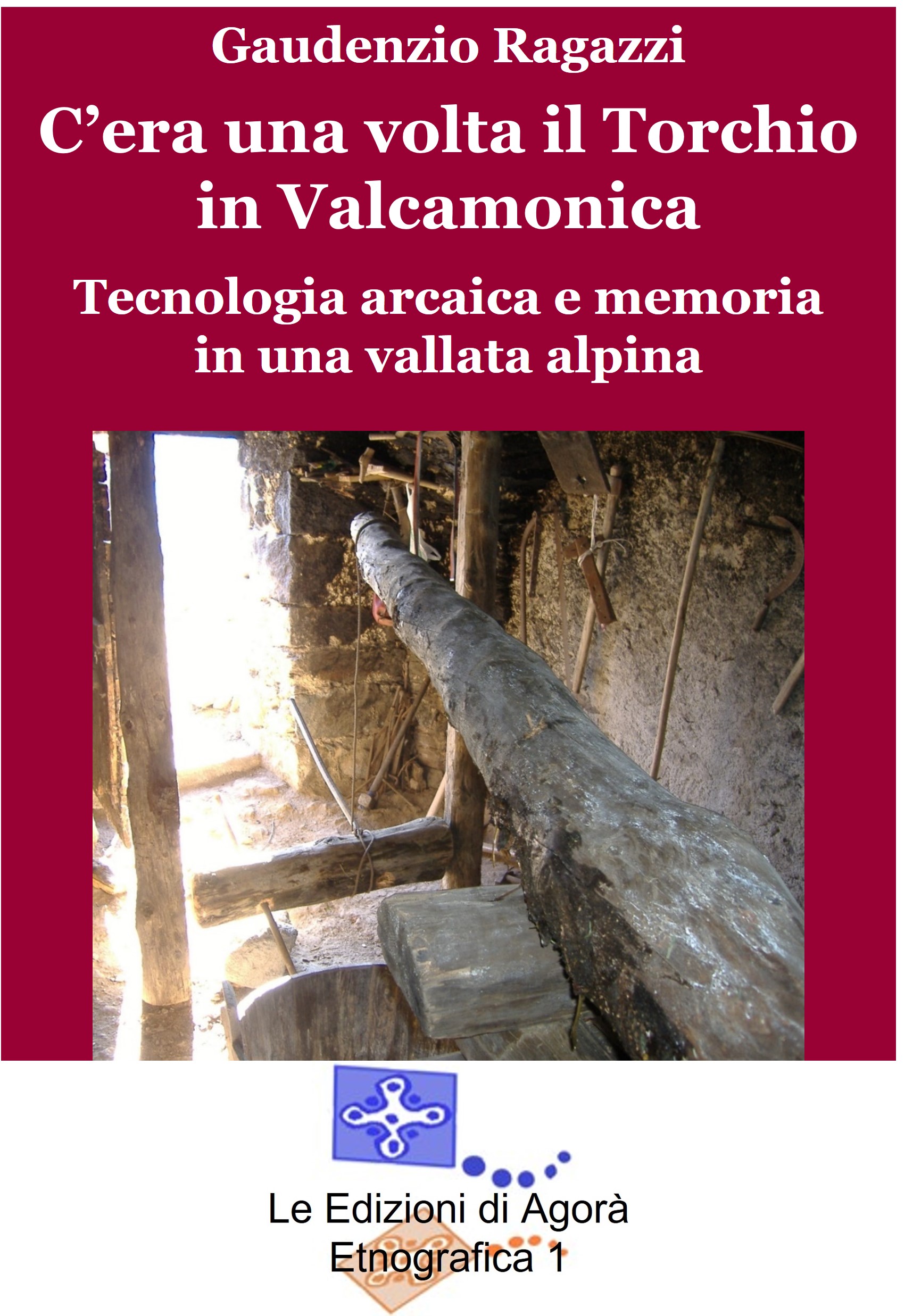
Paphos / Souskiou (Cyprus, 2nd millennium BC) Small female cruciform Idol with bent knees. Note the expressiveness of the gesture: the position of the fingers informs us that the palm of the right hand is facing upwards while the palm in the left is pointing upwards. This is the same gestural pose used by Dervish when he rotates on itself during its dance (from: M. Lucas, 2013).
In every period of post-paleolithic art the anthropomorph is the most represented subject. In the logic of archaic religion, the ordinary movements performed by the man in daily life are not object of representation. Sacred iconography highlights only the most significant aspects of human behavior, those that in archaic belief possess magical efficacy and ability to interact with the cosmos. The opportunity to understand the reasons why gesture and dance are one of the most recurring themes in prehistoric iconography, despite the figurative technique is not able to fully convey the idea of movement, rhythm, musical accompaniment, singing, was offered to me by an important text of the anthropologist Maurice Bloch: “Symbols, Songs, Dance and Features of Articulation” published in Arch. Européennes de Sociologie, XV, 1975). Before Bloch’s essay, some scholars such as Bettelheim (1962) and Turner (1967) had analyzed the symbols of the ritual using the Saussurian signifier / signified model, so as to isolate the symbols from the ritual process of which they are part and to interpret them as units containing meaning. On the contrary in Bloch’s analysis, “which is concerned with the theories of such writers as McCawley, Fillmore, and G. Lakoff, who have stressed the identity of syntax and semantics”, the meaning is primarily transmitted by the way lexical units can be combined in utterances (p. 20). Starting from this premise we can see that, in the first place it is not possible to understand the symbols of a ritual if you do not study the means of communication in which they are involved before. Secondly, the logical potency of language depends on the creativity of syntax, and, as long as the syntax is creative and can operate freely, it can convey any content. Thanks to the survey conducted on the circumcision ritual of the Merina people of Madagascar, Bloch comes to the conclusion that in ritual language the syntax can no longer freely regulate the parts of the speech. This fact produces a strong reduction in its ability to argue and the force of its locutions is transformed.
Thus, in a free communicative situation, that is not conditioned by extra-linguistic factors (for example a legal or religious norm), an act “A” can be followed by a wide and discretional number of acts “B” (Open Code). On the contrary, if proper forms of language, that is to say formalized, are introduced into communication, as it happens when we are dealing with a sacred communication, some communicative potentials fall off and with it, syntactic freedom, individuality, and creativity quickly vanish. In this way – says Bloch – by placing a linguistic act “A”, the resulting acts will form a code whose rules will be pre-determined and whose acceptance will influence the structure of the new language (Closed Code).
We can already say that the figurative technique used in the creation of Prehistoric Rock art is configured as a closed code.
Moreover, the typological differences between Open Code and Closed Code, if applied to the gestural context, particularly clarify the function and the sense of gesture and dance in the repertoire of prehistoric iconography. If we want to understand the meaning of gesture and prehistoric dance we must therefore preliminarily conduct an investigation on the linguistic structure of images, through which the substantial difference between daily act and sacred act becomes perceptible.





0 Comments